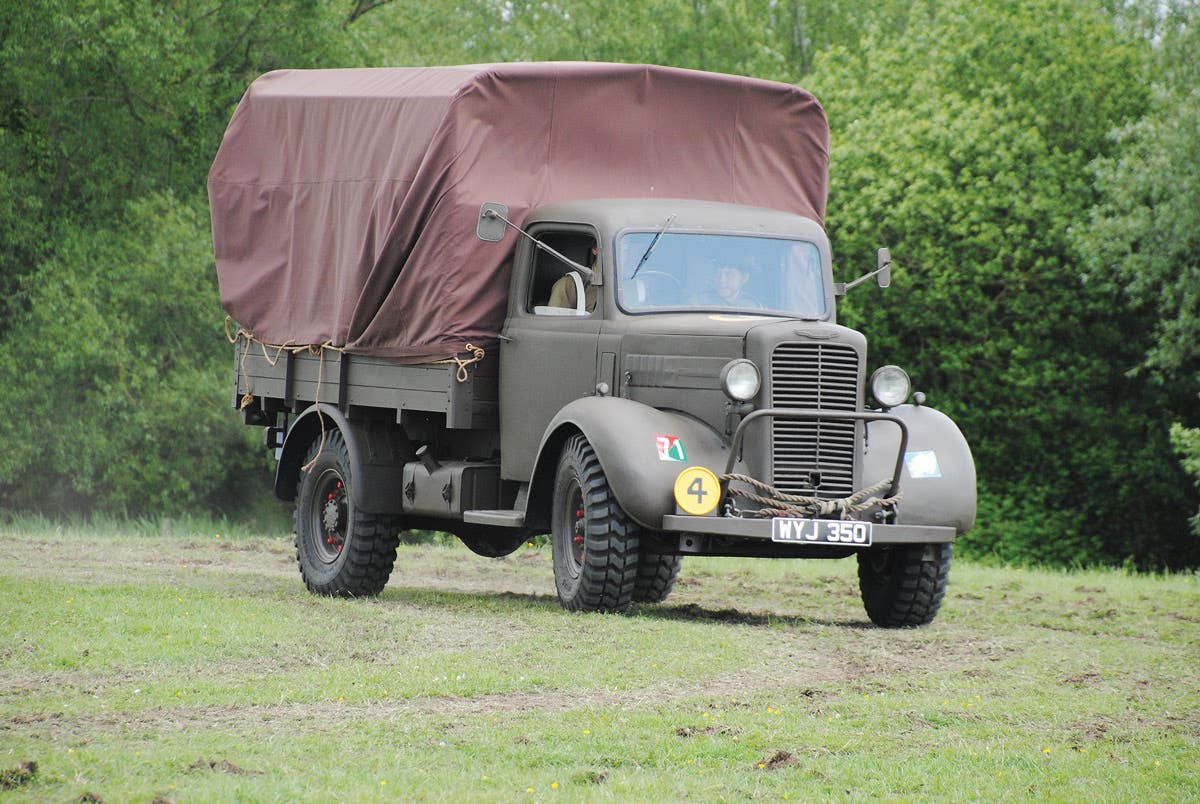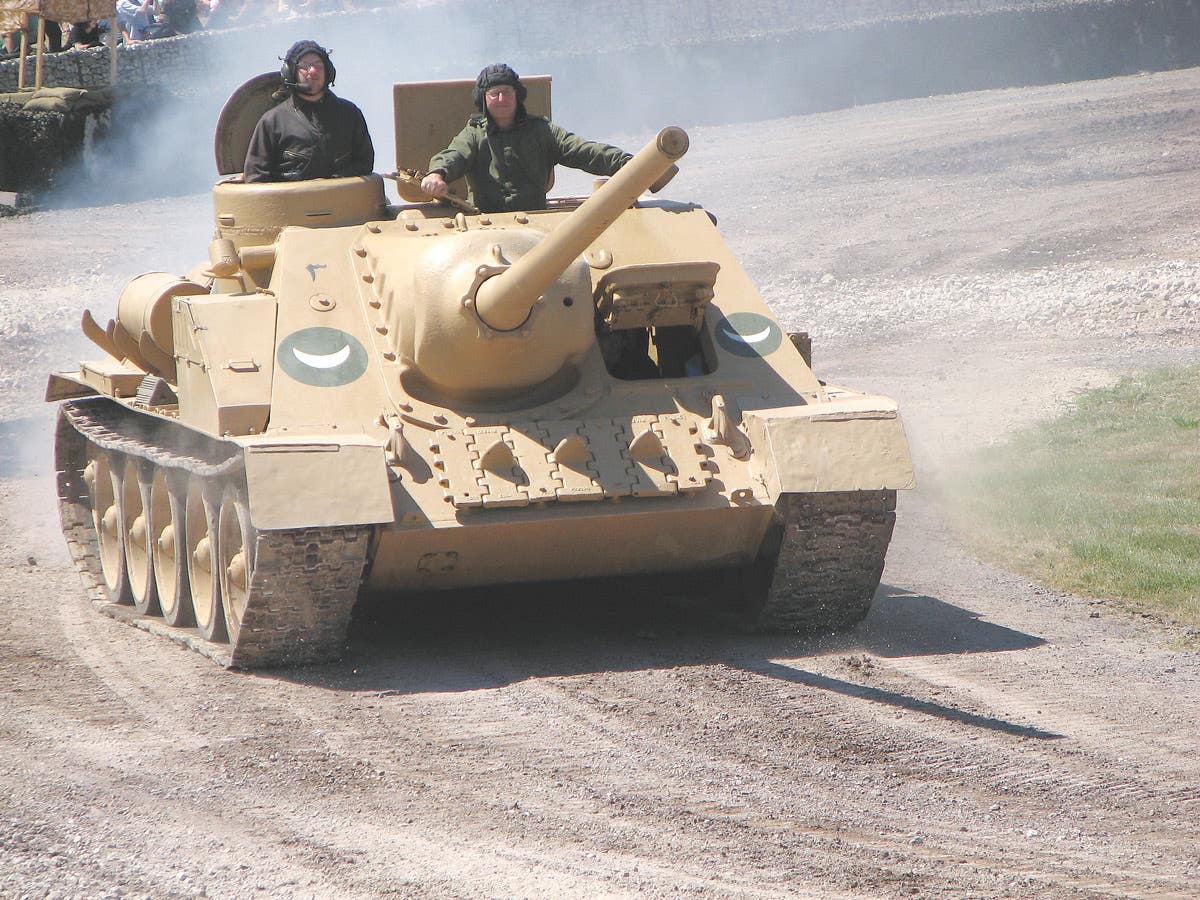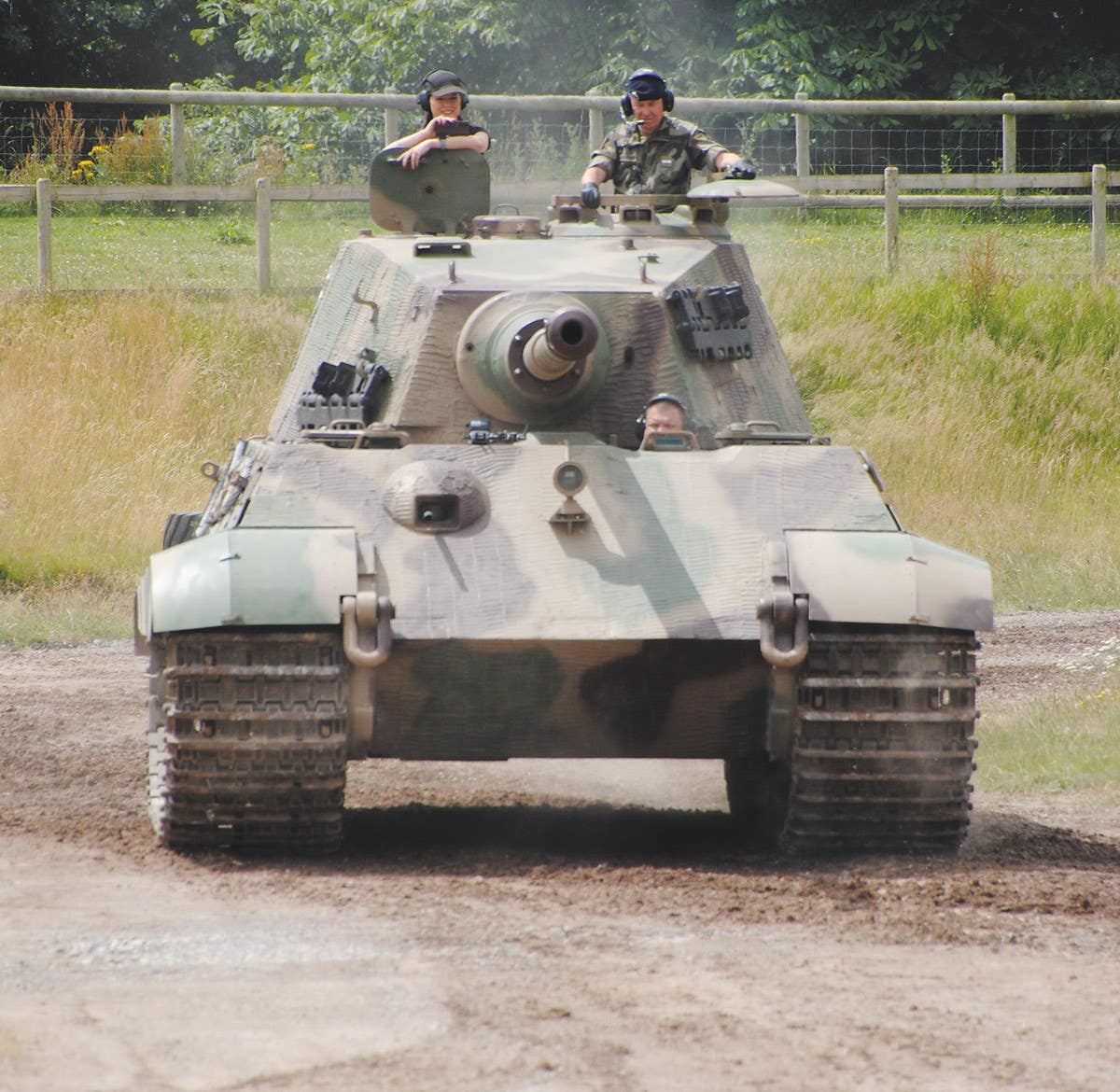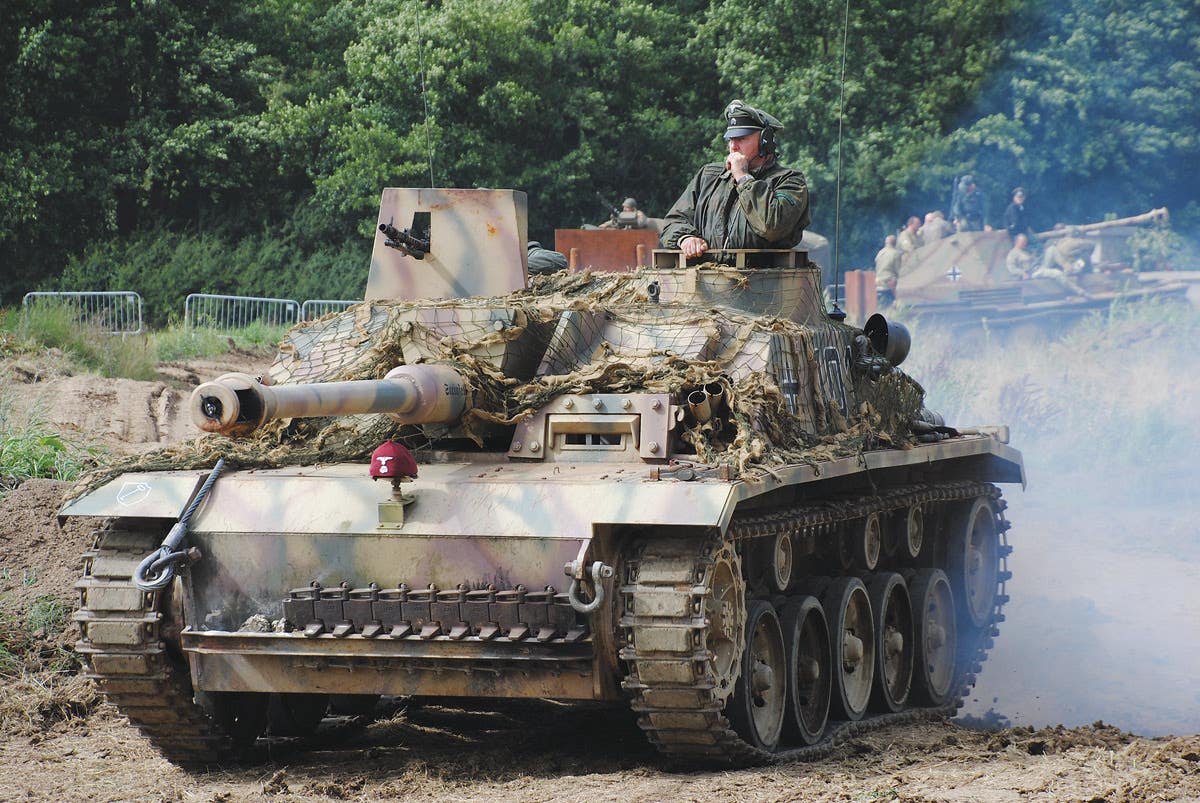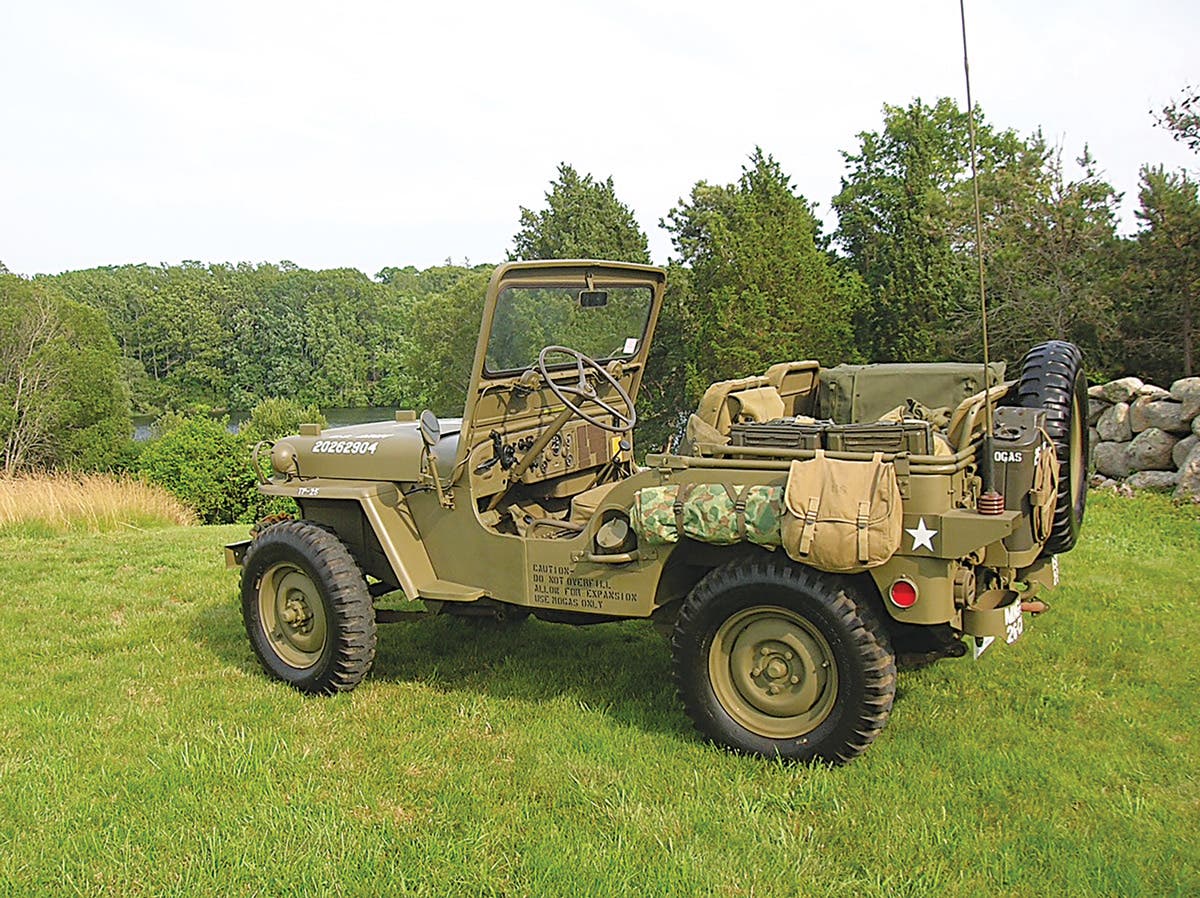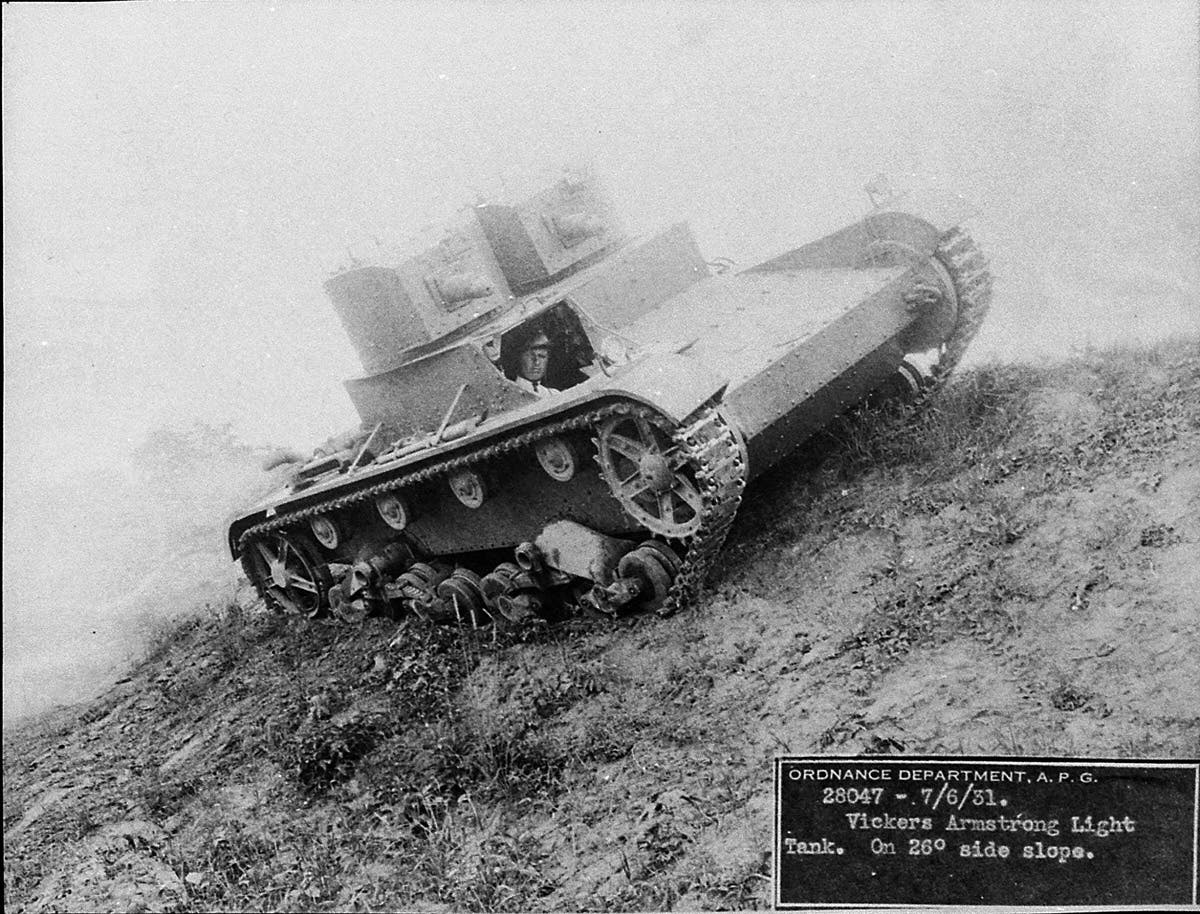A look at the ‘Tilly’ a WWII trooper
At the outbreak of war in 1939, the British Army was so desperately short of vehicles for liaison roles that it resorted to using almost 4,300 civilian-owned cars. This resulted in several versions of the 4×2 vehicle known as “Tilly”, collectively referred to as “Tillys”, which was a shortened version of the term “Utility”, the roles in which they would be used.
At the outbreak of war in 1939, the British Army was so desperately short of vehicles for liaison roles that it resorted to using almost 4,300 civilian-owned cars. Orders for some 3,800 further vehicles were placed directly with manufacturers such as Morris, Austin and Standard before the end of the year. At the start of 1940, a further 2,300 cars were added to its fleet of civilian vehicles, which had grown to 26,000, a figure which included thousands of private cars, some of which had been bought outright from their owners by the government, along with 7,000 motorcycles and 14,000 trucks. In June 1940, the War Department placed orders for an additional 12,660 cars to replace the almost 8,000 lost during the Dunkirk evacuation that year.
Several types of vehicles, including the Hillman Ten, Morris Ten and Standard Twelve, were used with a few modifications to adapt them to military service. For example, there was an open-backed, “pick-up”-style truck with a canvas top for carrying light cargo loads. The Austin Ten had slightly larger cylinders fitted to increase the engine capacity to 1237cc, and the Morris Ten had the SU carburettor replaced with a Solex type. Otherwise, most civilian vehicles were perfectly serviceable for the roles in which they were intended to serve, which included light transport, liaison duties, communications and miscellaneous roles.
This resulted in several versions of the 4x2 vehicle known as “Tilly”, collectively referred to as “Tillys”, which was a shortened version of the term “Utility”, the roles in which they would be used. Being based on versions of popular pre-war designs, Tillys were familiar in operation to the soldiers who would drive them during the course of these duties, including transporting junior ranking officers around camp or between bases. The Army would use most of them, but Tillys were also used by the Royal Navy, and the RAF found them perfectly suited to liaison duties for around air bases or travelling between air bases.
Even Home Guard personnel were issued Tilly vehicles, including Austin and Morris designs for the same duties. Some Home Guard units across Britain used the Humber “Snipe”, a design which was used as the basis to develop an armoured car known as the “Beaverette”, named after the Lord Beaverbrook, the Minister of Aircraft Production. The first version appeared in 1940 and by the end of the war almost 3,000 had been built in three different marks. The first version, the Mk I, measured 14 feet 7 inches in length, weighed just over 2 tons and was fitted with a 75-hp, six-cylinder petrol (gas) engine to give speeds up to 24 mph. They were fitted with armour plate and wooden planks for protection, carried radios and could be equipped with either Bren Guns or .55-inch caliber Boys anti-tank rifles.
The British car manufacturers suspended production of vehicles for the civilian market for the duration of the war and diversified into aircraft production or weapons. Britain’s armed forces needed a whole range of different vehicles, including Tillys, and because they were based on production designs, it was easy enough for the four companies concerned to produce a reduced output of vehicles to meet the needs of the military. Companies that build the Tillys modified their assembly lines to reduce production time. Panels used in assembling the bodies were changed to save raw materials and parts which had previously been cast were produced as stampings. The military did not require shiny parts, so those surfaces which had previously been chromed were now painted and radiator grilles on some vehicles were replaced by a simple wire mesh in a move to save metal.
The interiors were reduced to the very basic fittings, such as canvas seats for durability. The 6-volt electrical system fitted to civilian vehicles was replaced by the military-standard 12-volt system for headlights. As the war progressed and further changes were made, most designs evolved to look less like civilian vehicles in favor of a more military appearance.
Because the Tilly was based on a series of a pre-existing civilian designs which had been in production before the war, they were relatively cheap, easy to use and simple to maintain. Most Tilly designs had a laden weight of about 2 tons and some had a tow-bar fitted to allow them to pull a light trailer. They were an “all purpose” vehicle and received much rough handling which often included being driven while severely overloaded. Most Tilly vehicles could reach road speeds of around 50 mph and the Hillman 10 could reach 65 mph. They were never intended for cross-country work and they proved adequate for the roles in which they did operate. Even when other “Utility” vehicles were introduced later in the war, the Tilly was still considered useful, especially in home-based duties.
The Rootes Group car manufacturing company produced vehicles for the civilian market at its plants in Birmingham and Coventry in the Midlands, including those under the Hillman marque such as the Hillman Minx and the Hillman 10. There were two-door and four-door models capable carrying two or four passengers. Made from a pressed steel body with a wheelbase length of 12 feet 7 inches, with a 1185cc side-valve petrol (gas) engine, Hillmans were quite widely used. Indeed, vehicles such as these and all those in the Tilly range became useful workhorses.
Founded in 1919, the Austin Motor Company established its production at the Longbridge Plant in Birmingham, manufacturing vehicles known as “Tourers” in two-door and four-door versions. In 1932, the company began producing a design known as the Austin 10 that would serve as one of the models converted into the role of the Tilly when the company diversified. In February 1939 the company launched its newest design, known as the “Austin 8”, followed three months later by the latest four-seater Tourer which developed 32 bhp at 4,000 rpm. Both of these would become used as Tilly vehicles. The Austin 8 measured 12 feet 5 inches in length and 4 feet 8 inches in width. Fitted with four-speed transmission, this two-seater vehicle with a 900cc petrol engine became known as the “8AP” in military use.
By 1943 the Austin Company had produced some 9,500, including a van version for deliveries. The production run, which ended in 1948 after a short post-war start up, resulted in an output of 56,000 vehicles. The military version is distinguished by its vertical louvres to the side bonnet (hood) panels, while the civilian version has horizontal openings.
The Austin 10 design measured 13 feet 2 inches in length and just over 4 feet 10 inches in width. These were also used as Tillys and had a height of 5 feet 4 inches. The Austin Company also produced a van version. All the vehicles were used by the Army, RN and RAF. By the end of the war Austin had produced more than 29,000 Tilly vehicles, with the four-door versions of the Tourers proving particularly popular as liaison vehicles with officers driving to attend conferences.
The Morris Motor Company, was established in 1919 by William Richard Morris, and later became Viscount Nuffield. The company used Morris’ engineering skills to create a manufacturing plant at Cowley in Oxfordshire. Eventually, he would acquire production sites in Swindon and Abingdon and also diversify into aircraft and armaments production. However, it was with motors cars which he is most associated.
One of the most popular designs the company produced was the Morris 10, which first appeared in 1932. Built as a family vehicle in two variants, the Ten Four and the Ten Six. More than 49,000 were built in two-door and four-door versions, and many were readily converted into the Tilly role.
Another Morris Ten to be converted into the Tilly role was the Series M, of which more than 27,000 were produced before the war. It was fitted with a 1,140cc engine giving the car speeds up to 62 mph, which was perfectly acceptable for the liaison roles it served in. The Series M was 13 feet 2 inches in length, 5 feet 1 inch wide and 5 feet 5 inches in height. Morris also produced it in a two-door, pick-up truck Tilly with a canvas cover for the rear. In an emergency these vehicles, like others in the range, could be used for ambulatory cases on airfields to transport injured aircrew to hospital. The Morris 8, a 918cc two-door or four-door model capable of speeds up to 5 8mph, was another design used by the RAF in a pick-up version.
The Standard 10 was the name given to several of the first vehicle designs produced by the Standard Company, which was founded in Coventry in 1903. Even later designs continued to be known as the “Tens”, such as the “Flying Ten”, built between 1937 and 1939. It had capacity of 33 bhp at 4,000 RPM to give it speeds up to 65 mph. Around 150 of these four-door versions were built specifically for the military.
The Standard 10 was taken into service as a Tilly and measured 12 feet 8 inches in length and 4 feet 8 inches in width. The Standard 12 had a four-cylinder engine of 1,608cc capacity and measured 13 feet 8 inches in length and 4 feet 10 inches in width. It was produced in both passenger and pick-up versions with canvas tops. The larger and more powerful “Flying 14” was another Standard vehicle converted to use as a Tilly being produced in two-door and four-door versions. Built between 1936 and 1940, it measured 14 feet and 5 inches in length, 5 feet 2 inches in width and 5 feet 3 inches to the top of the roof.
Tillys were never intended to be fighting vehicles and were never armed. They were handy, useful vehicles providing transport either between bases or around a base itself, and deliveries of vital supplies, such as blood to hospitals for transfusion. They were not large vehicles and had limited load-carrying capacity. To make use of what was available some vehicles carried their spare tire on the roof of the driver’s cab. Some versions of the Tilly were fitted with canvas driver’s cabs to reduce the use of metal. The color scheme depended on the branch of service, ranging from blue for the RAF, “battleship” grey for the Royal Navy and brown and black camouflaged patterns for the Army. Divisional badges were applied and some were allocated to organizations such as the Army Film and Photographic Unit (AFPU) and marked up with the appropriate lettering. As D-Day approached Tilly vehicles had the white star emblem applied as used on Allied vehicles for purposes of identification by aircraft.
Nice examples of Tilly vehicles can be found in military museums across Britain, such as the Imperial War Museum at Duxford in Cambridgeshire, the Muckleburgh Collection in North Norfolk and the Cobbaton Combat Collection at Chittlehampton, near Umberleigh in North Devon. Some European military museums often include an example of a Tilly in their displays. They are very popular with private owners who display their vehicles at shows or participate in convoy-style road runs organized by enthusiasts clubs. For anyone who may be considering purchasing a
Tilly as a restoration project, these are the places to talk to an owner in person to get a first-hand opinion. They make an ideal choice for a first military vehicle to own. They are uncomplicated, economical to run and spare parts available through specialist websites such as www.hmvf.co.uk or www.milweb.net Price depends on condition and interest is always high, reflecting their popularity.
Plenty of restorers have attempted to rescue Tillys that were left in truly pitiful condition. Examples have been discovered in some of the most unlikely of places across Britain, France and several other European countries where, in some cases, they have lain abandoned since the end of World War II. But these small vehicles have an international following, and when completed, the restored trucks always turns heads.
Finally, there is The Tilly Register (www.tillyregister.com) a website where owners and enthusiasts can watch film clips, catch up on news and follow links to associated sites.



